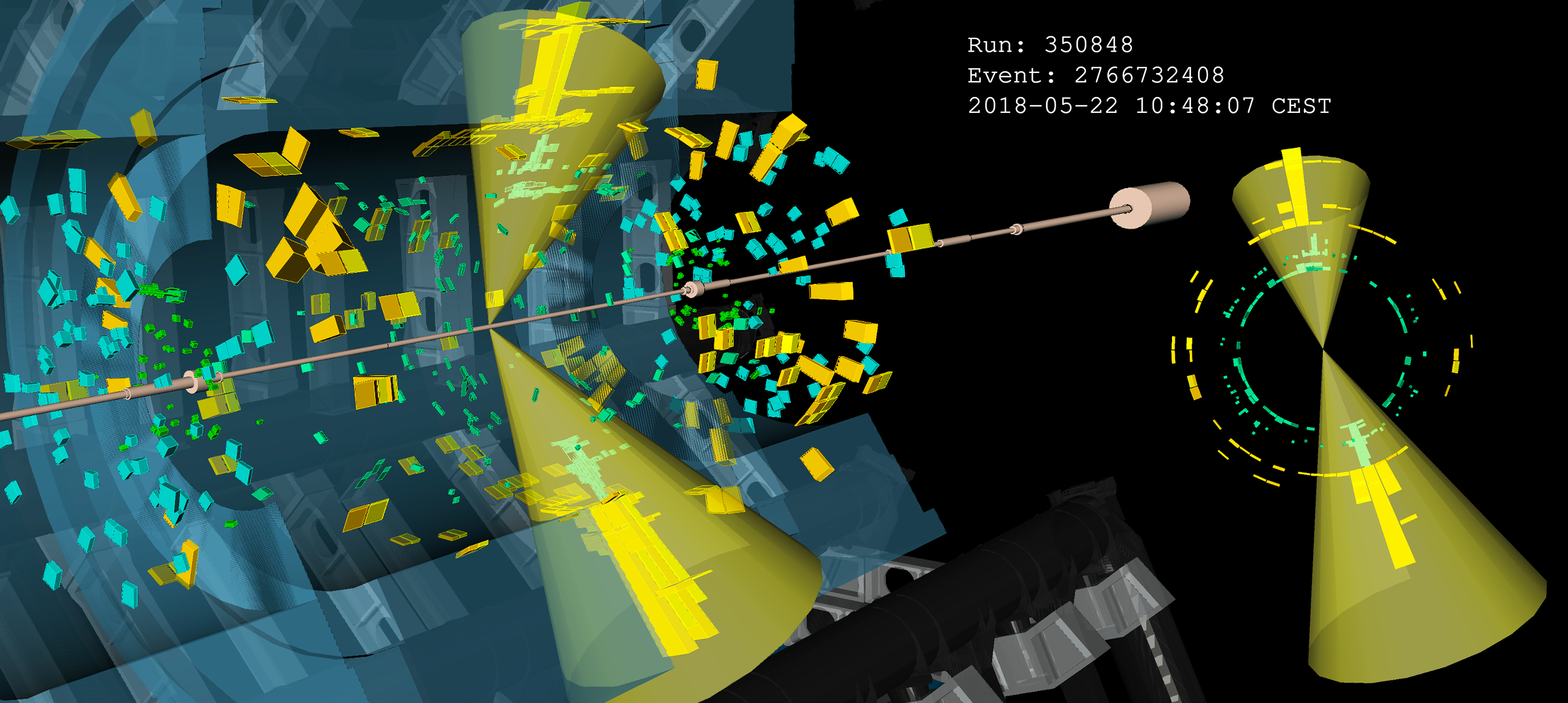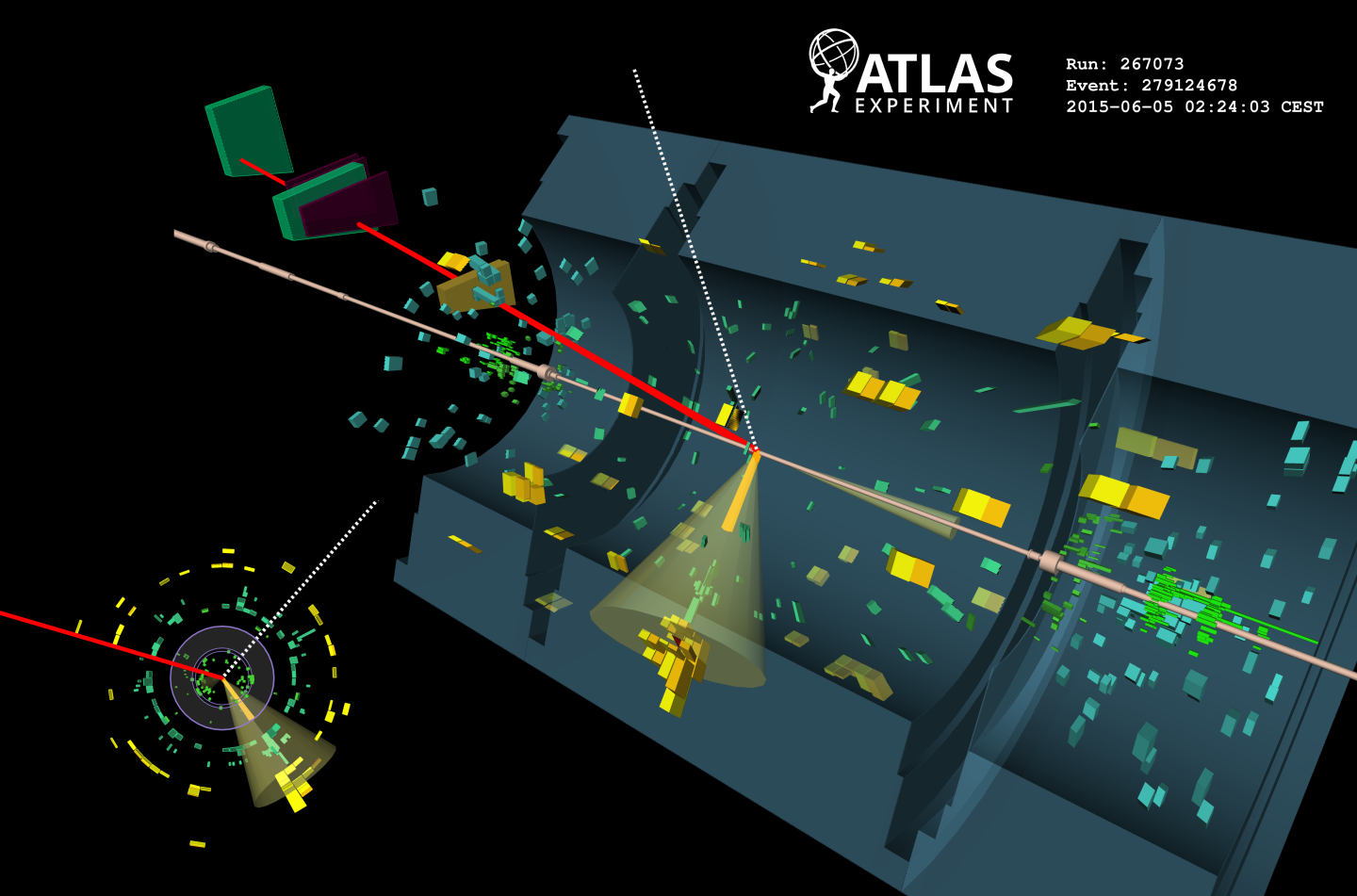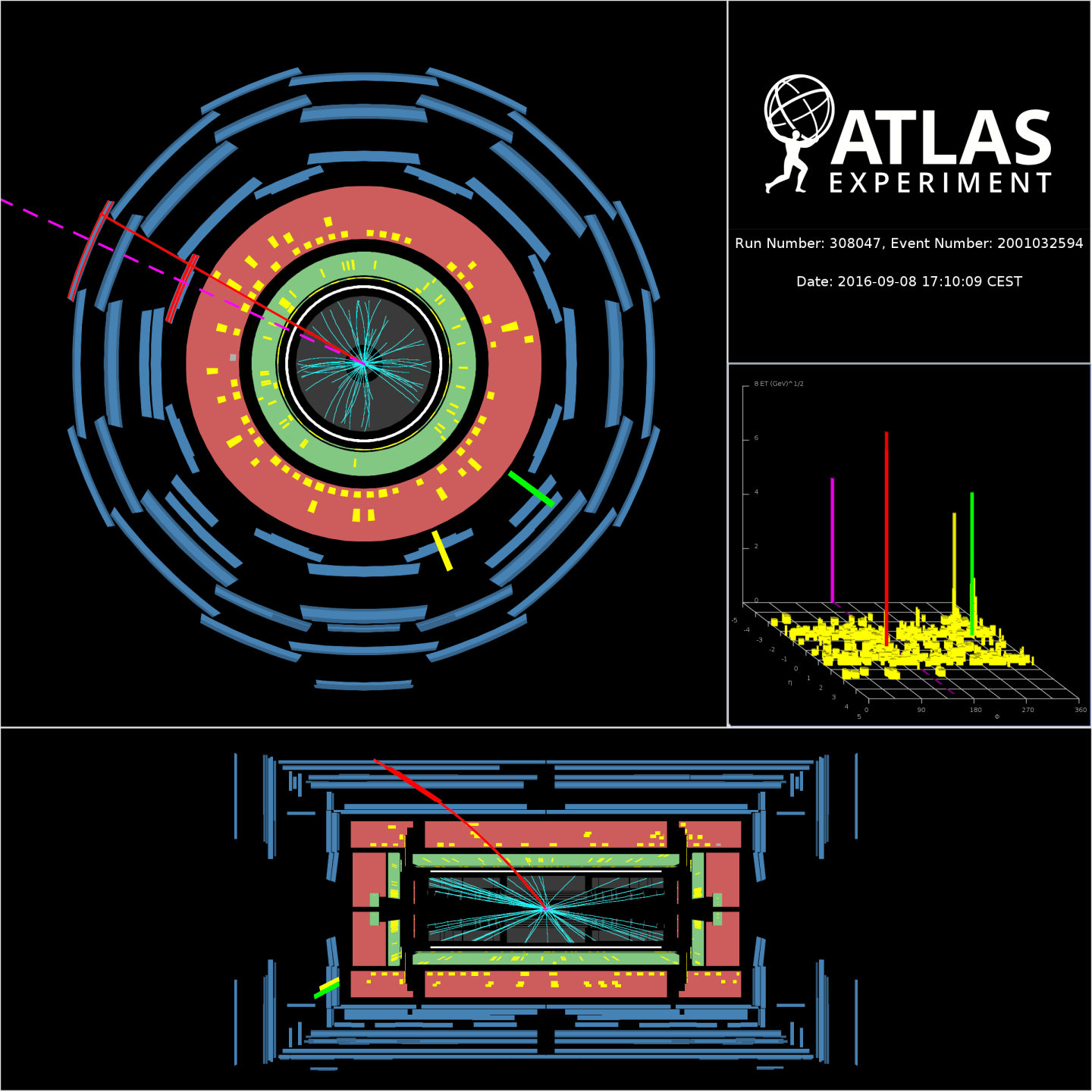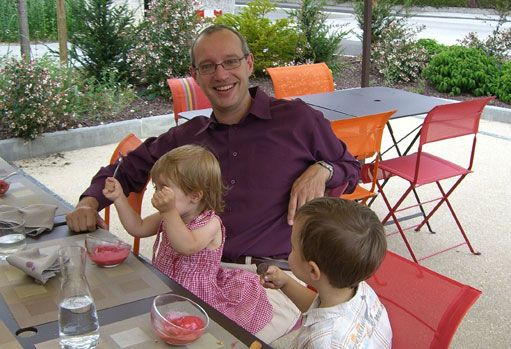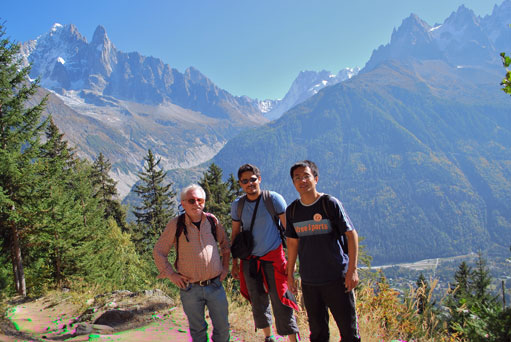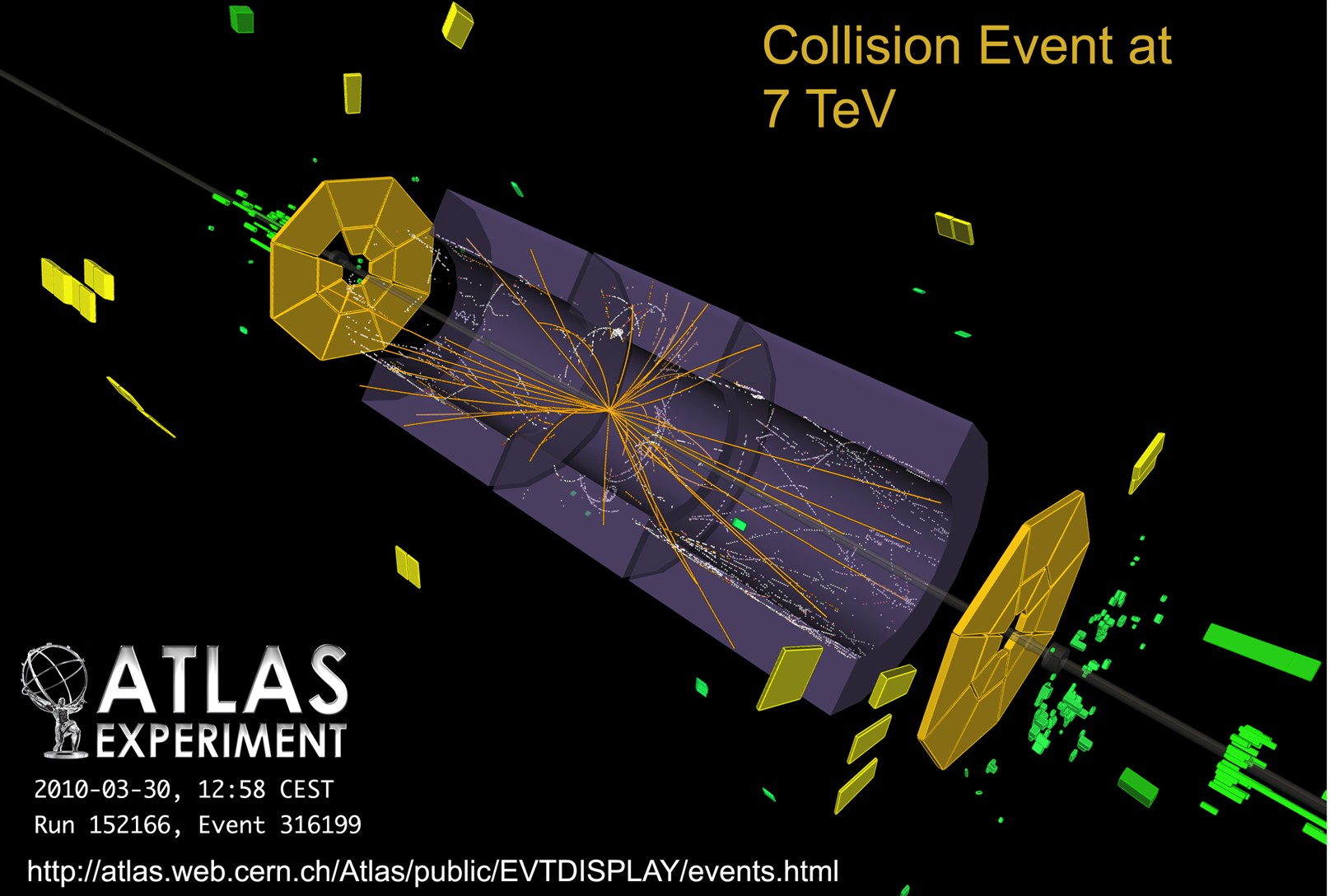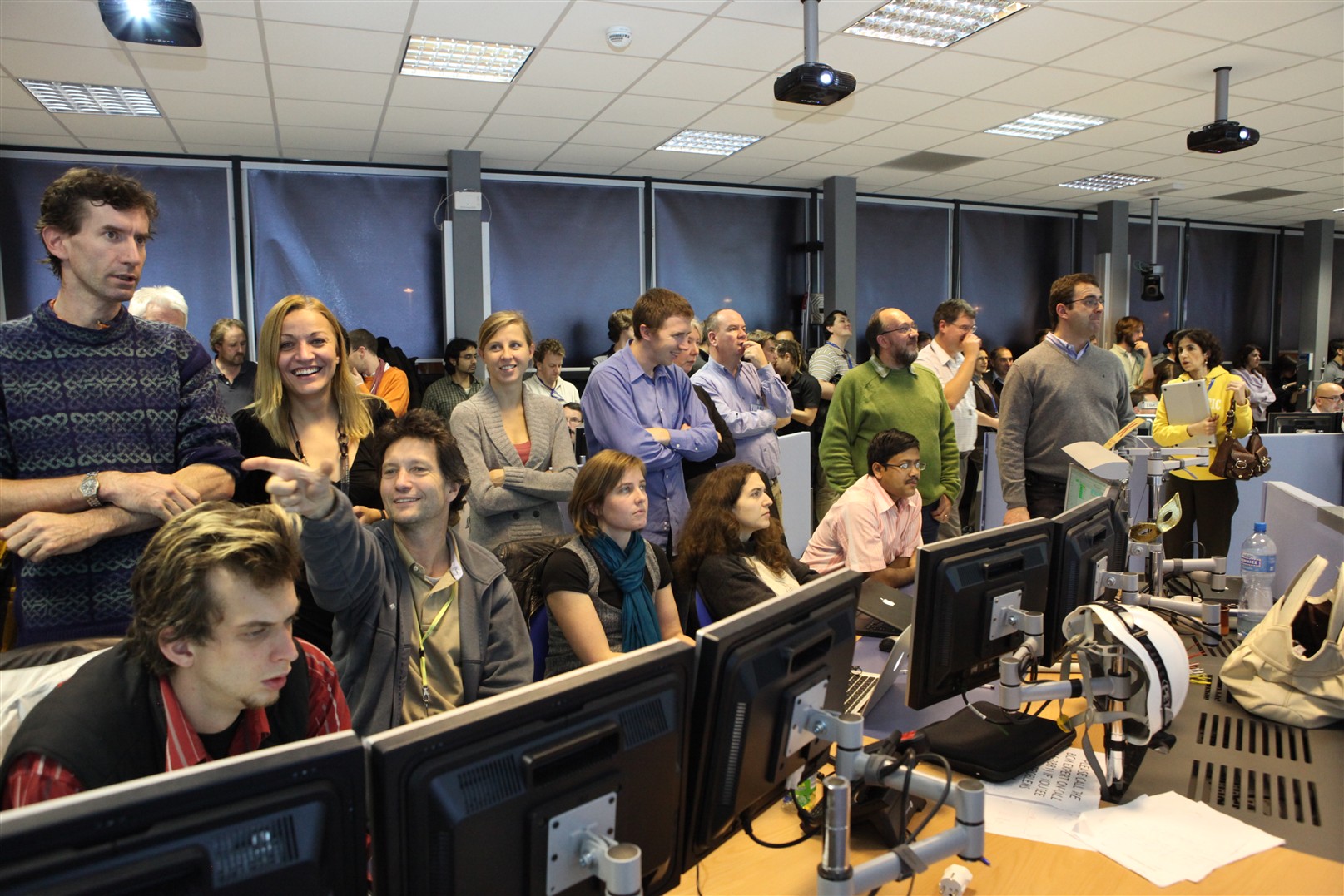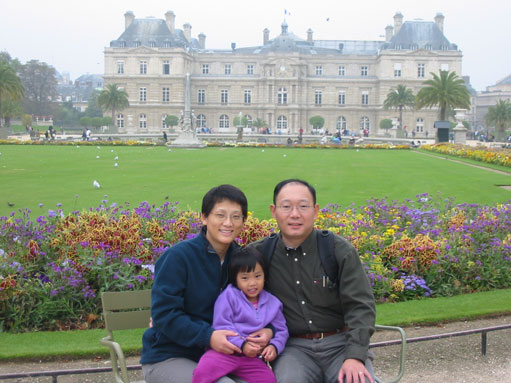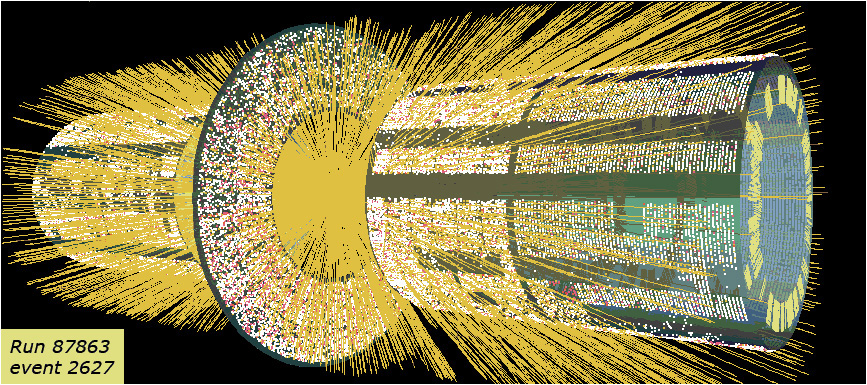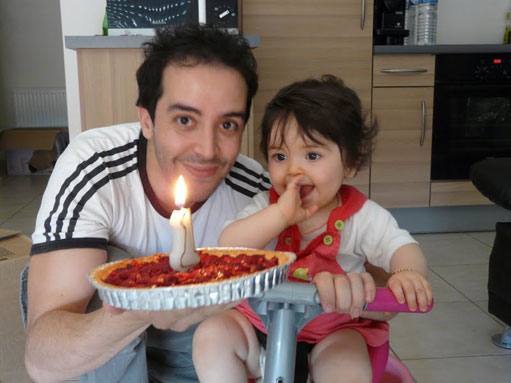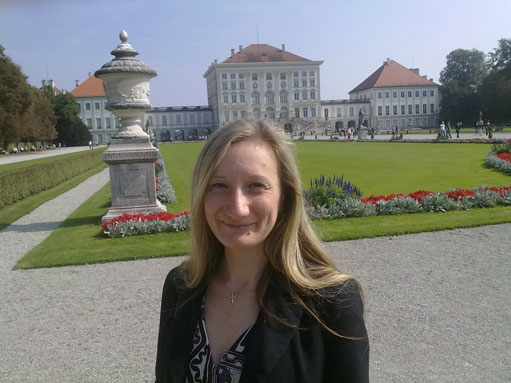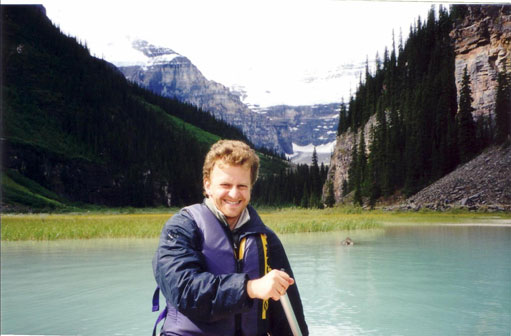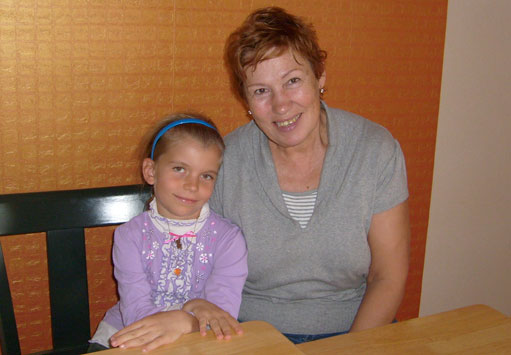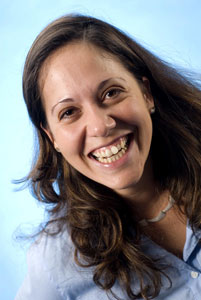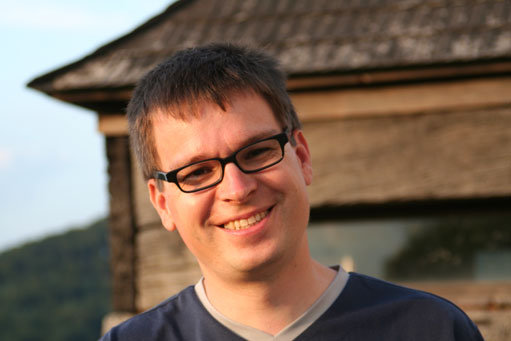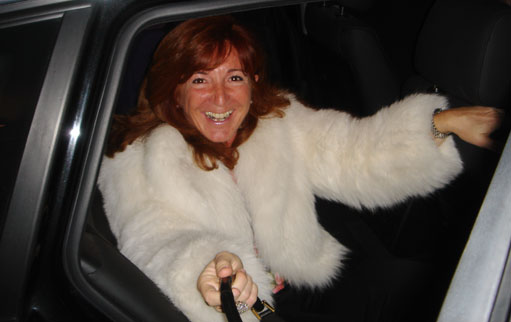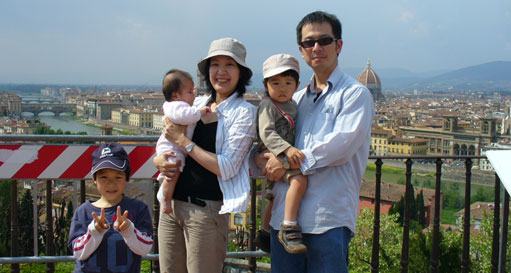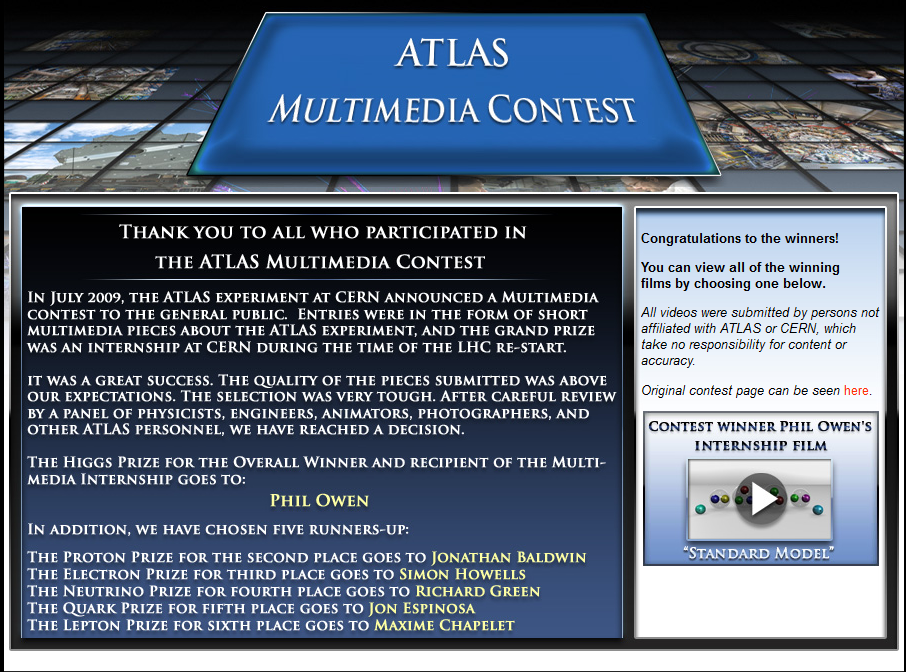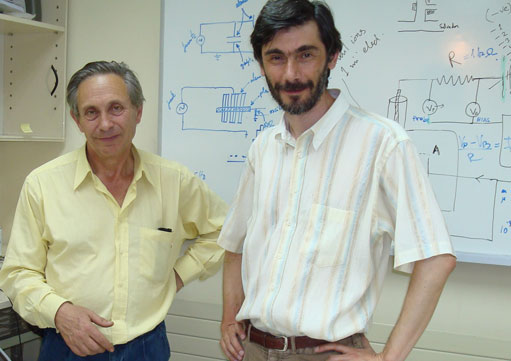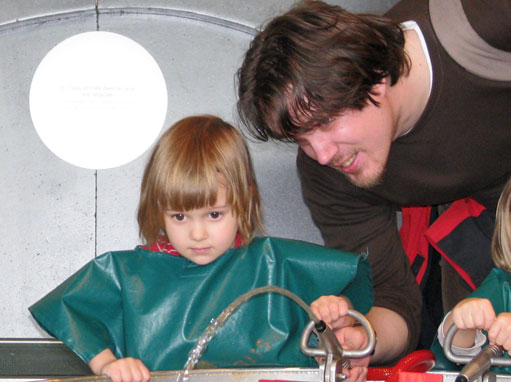All Bunched Up!
High Energy Physicists have been waiting for many years to see the LHC turn on. Now that it has been turned on, the network of physicists around the world have quickly been harnessed. It can be considered a phase transition in particle physics.
Blog |
Thorsten Wengler
Profile |
More collisions at 2.36 TeV
This early morning Dec.14 at 2.40, after a 8 minutes ramp, the energy of the two LHC beams has been brought up to 1.18 TeV again.
News |
Just a taste
At 21:32 pm on December 8th, the LHC did something that no other accelerator has ever done before.
Blog |
ATLAS increases its active channel count by one order of magnitude
On Sunday December 6, 2009 at 8.00 the ATLAS Pixel Detector has measured, for the first time, tracks emerging from LHC collisions. It has been a very smooth start.
Blog |
First collisions with the pixel detector
It's been a busy weekend for ATLAS. Last night, well, actually early this morning, we received the "stable beam" flag from the LHC.
Blog |
Tapas Sarangi
Profile |
First collisions in ATLAS
A few days ago, loud cheers and happy faces filled the ATLAS Control Room while the whole detector lit up: protons are back at the experiment's door, and everybody forgot in a second the long year of waiting for the Large Hadron Collider (LHC) to resume operation.
News |
LHC beams and events back in ATLAS
Loud cheers and happy faces fill the ATLAS Control Room while the whole detector lights up: protons are back today at the experiment's door, and everybody forgets in a second the long year of waiting for the Large Hadron Collider (LHC) to resume operation.
News |
Yongsheng Gao
Profile |
ATLAS Preparing for Collisions in Late-2009
The most recent schedule envisions beam reaching ATLAS in late November with low-energy collisions shortly thereafter.
News |
Hans Peter Beck
Profile |
Nabil Ghodbane
Profile |
Sandra Horvat
Profile |
Richard Teuscher
Profile |
Lidia Smirnova
Profile |
Claudia Marcelloni
Most people at CERN know Claudia Marcelloni as the ATLAS photographer and the exquisite eye behind the ATLAS book, Exploring the Mystery of Matter. But to Claudia, photography is just one tool that she could use to practice her passion: the creative communication of ideas.
Profile |
George Mikenberg
Profile |
Jochen Schieck
Profile |
Adele Rimoldi
Profile |
Osamu Jinnouchi
Profile |
Multimedia contest launched
A new multimedia contest has been set up to put talented young filmmakers and science communicators in touch with ATLAS.
News |
Marco Aurelio Diaz
Profile |
Helenka Przysiezniak Frey
Profile |
Borut Kersevan
Profile |

